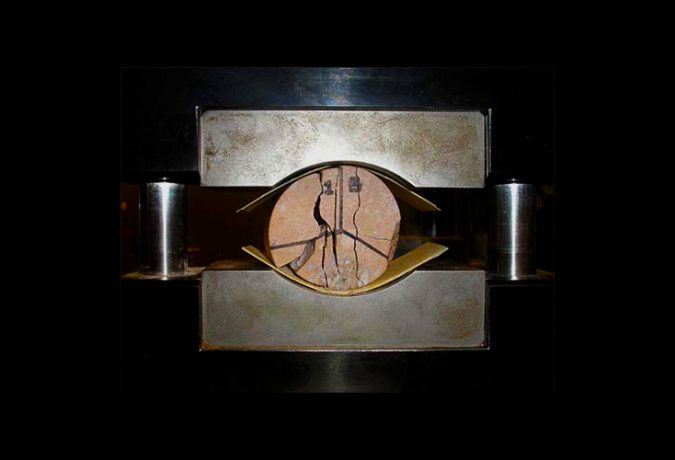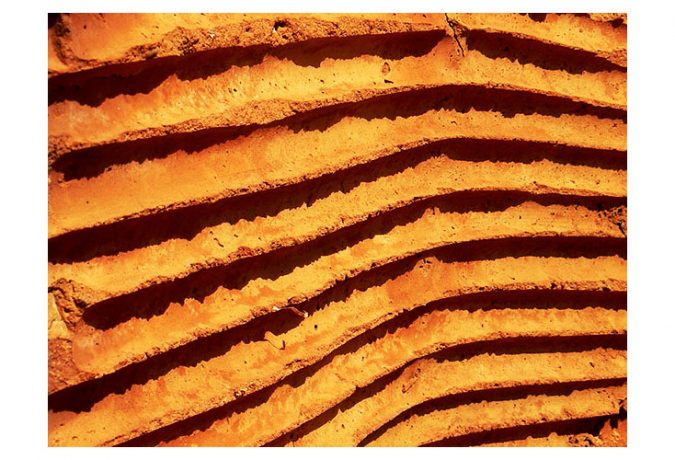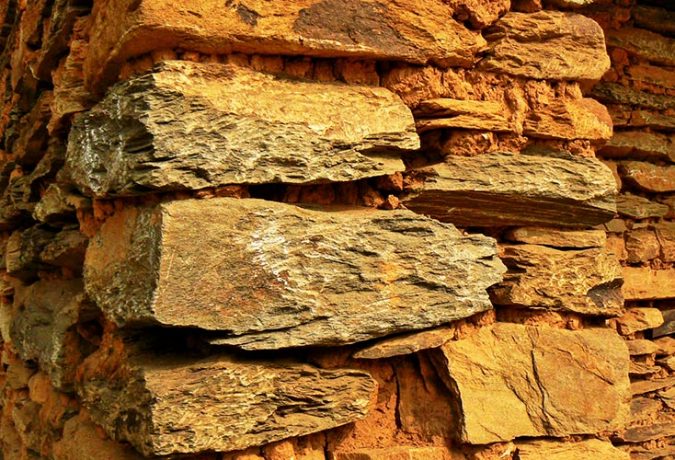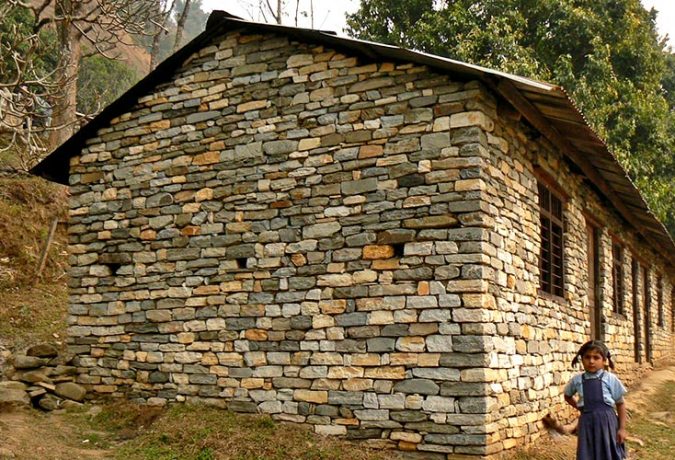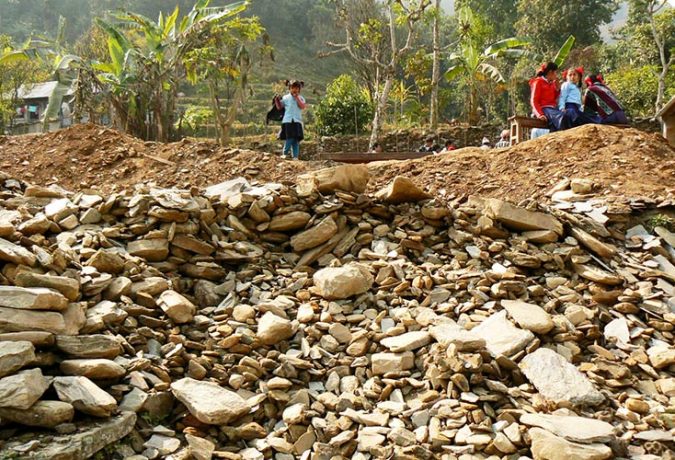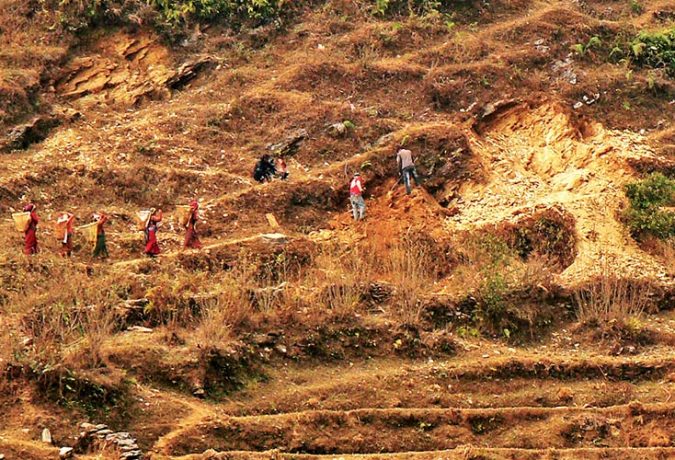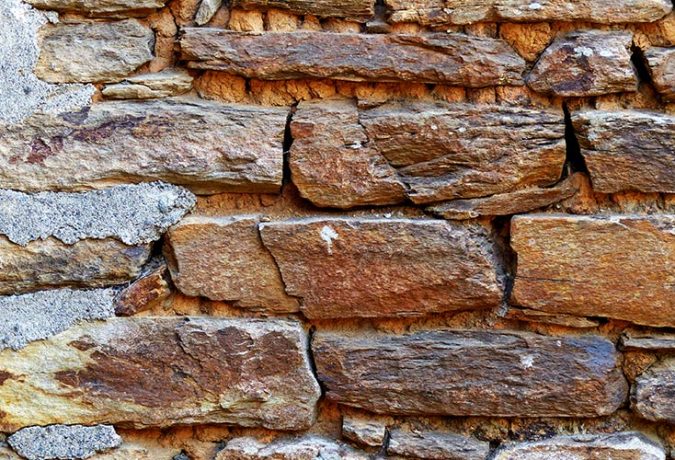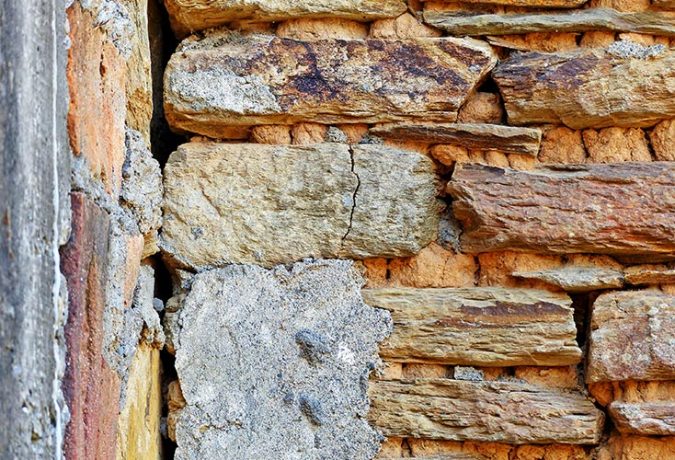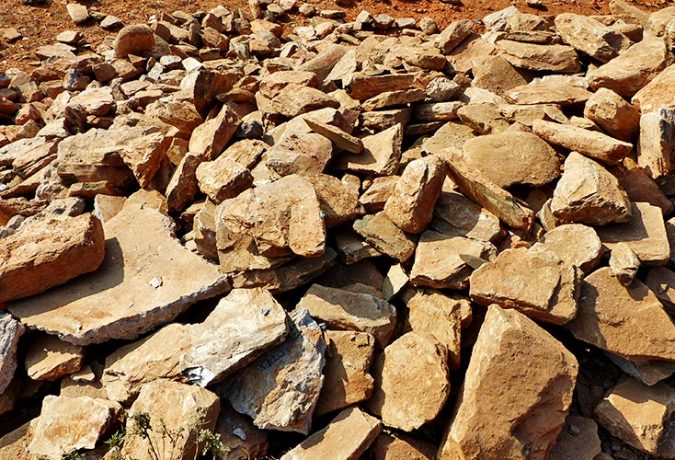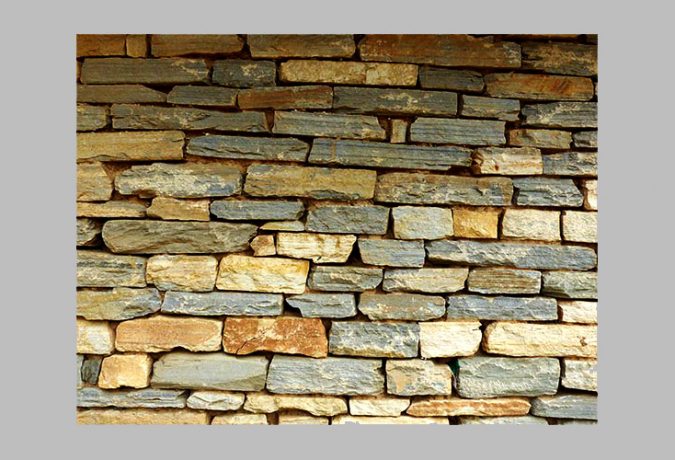Material Properties for Seismic Testing: Mountain Stones
Requested Research
- Literature review of mountain stones that are suitable for construction purposes, as found in the Himalayan regions, Central Asia and the Middle East, and the development of a methodology to locally recognize the different types of stones.
- Main request 1. Determination of the key material properties of mountain stones, that are needed for calculation and modelling of rubble stone masonry buildings.
- LMain request 2. Determination of suitable lab testing methods for obtaining the necessary material properties, including actual testing of specimens. Both main requests are preferably done jointly with Structural and Earthquake Engineering.
- Develop tools and machines for on-site testing of material properties of stones in rural and remote areas. Preferably with Mechanical and Product Engineering.
Status of Research
This is a KEY assignment within the overall SMARTnet project, where all disciplines come together. Open for students and professionals of Architecture and Material Science, as well as for Mechanical and Product Engineering, as well as for Structural and Earthquake Engineering. For more info please contact Martijn Schildkamp at info@smartshelterresearch.com or see our website www.smartshelterresearch.com
Background: Material Properties of Non-Engineered Techniques
The knowledge of how conventional techniques behave in earthquakes is quite high and such techniques have been tested thoroughly. Brick masonry walls and concrete structures can be calculated because the material properties are well known. We can even make quite elaborate computer models of such engineered structures.
This is not the case for most traditional, natural and alternative materials. It is very difficult to model or calculate techniques like stone masonry or earthen structures, due to a high ratio of uncertainties and variables such as material inconsistency and local workmanship. Somehow, these variables must be taken into account.
Another such technique is natural cooling, which utilizes on-site heat sinks such as the upper atmosphere (night sky), outdoor breezes, and the (lower) earth temperature. Natural cooling can be separated into four different categories: cooling and ventilation, radiative cooling, evaporative cooling, and earth coupling.
Background: Rubble Stone Masonry
Our focus is on rubble stone masonry as it is still widely used in the Himalayan areas, which consists of field stones and mortar, which (in the case of cement mortar) is a combination of cement, sand and water. If we incorporate reinforced concrete bands into the walls, we must also add aggregates and reinforcement steel to the list of materials.
This particular research is focusing on each of these materials separately and aims to gain better understanding of the material properties of stones, cement, sand, water, aggregates and steel bars, by investigating the effects of this particular element within their combined actions into mortars, concretes or masonry.
Material: Mountain Stones
The stones that are used for masonry of foundations and walls are harvested in the fields, collected from rivers, or hacked out of the mountains. River boulders are generally too round, and it is not advisable to build with these. This research wants to learn more about the use of mountain stones in areas where the technique is still widely used, such as in the Himalayan regions of India, Pakistan, Nepal, Bhutan and China. In the past stone masonry was also very popular in Central Asia and the Middle East, therefore useful information about stone masonry may also be found for Armenia, Georgia, Uzbekistan, Tajikistan, Afghanistan, Iran, Yemen and Turkey.
Some types of building stones that are mentioned in the (limited) available literature on mountain stones are granite, sandstone and limestone. When stones are available near the construction site, the first question that we need to figure out is: what types of stone are we dealing with? If we look at the picture above, as well as at the examples on the next page, we see different colours of the stones. We can also recognize different structures, layers or textures. But does this automatically mean that these are different types of stones?
All differences and specific material properties must be described in detail so that we can answer a second interesting question: How can we locally recognize the different types of stones on-site? For which a simplified methodology must be developed.
Ideally, this leads to a classification or systematic approach that enables us to spot generalities, similarities and differences, within in a batch of stones.
Testing of Mountain Stones
I am text block. Click edit button to change this text. Lorem ipsum dolor sit amet, consectetur adipiscing elit. Ut elit tellus, luctus nec ullamcorper mattis, pulvinar dapibus leo.

